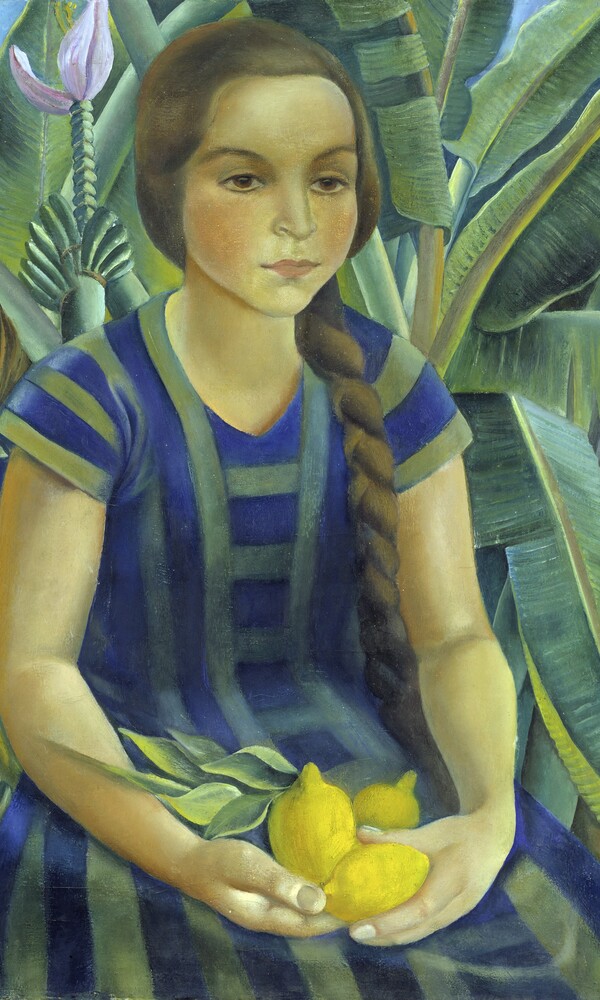With the reinstallment of the so-called »Hamburger Gang/Hamburg Corridor« in its original location, art from Hamburg will be given greater prominence within the Hamburger Kunsthalle.
The cabinet rooms of the »Hamburger Gang« on the ground floor of the Kunsthalle will be used for long-term presentations of art from the permanent collection as well as shorter thematic or monographic exhibitions. The extensive holdings of the Department of Prints, Drawings and Photography are to be featured here to a greater extent.
The first exhibition is dedicated to »Art of the 1920s in Hamburg«. For the first time it will feature important works from the extensive collection that was established by Gustav Pauli, the Director of the Kunsthalle from 1914 to 1933, and has been continually extended up to the present day.
After the First World War, great changes took place in the realm of visual arts in Hamburg as elsewhere. As in other cities, artists here founded a Secession in order to make a stronger public appearance as a group. This alliance of painters, graphic artists and sculptors organized yearly joint exhibitions. In artistic terms the members of the Hamburg Secession were independent; a common style developed only after a number of older founding members had left and the younger generation of artists took over the leading role in the early 1930s. In the paintings of Eduard Bargheer, Karl Kluth or Willem Grimm a more unified style can be observed above all in their landscapes. Along with these panorama-like compositions painted with fluid brush strokes, the works of other artists such as Heinrich Stegemann, Erich Hartmann or Dorothea Maetzel-Johannsen followed Expressionist tendencies, while Eduard Hopf and Anita Rée were influenced by Neue Sachlichkeit. Besides painters, it was above all sculptors who were actively involved in the Secession, including Friedrich Wield, Hans Martin Ruwoldt or Paul William Henle.
Although it was the artists of the Hamburg Secession who to a great extent determined the art scene in the Hanseatic city in the 1920s, a large number of other artists were able to develop independent careers – artistic positions which have often fallen into oblivion.
The exhibition contains important new acquisitions, including works by Stegemann and Heinrich Steinhagen, which are being shown here for the first time. Among the new acquisitions are two drawings by Anita Rée, one of which, »Self-Portrait«, was purchased by the association »Freunde der Kunsthalle e.V.« and gifted to the Kunsthalle.
Concurrent with the exhibition in the Kunsthalle, the first comprehensive publication on this theme, »Die Hamburgische Sezession« by Friederike Weimar, was being published by Verlag Atelier im Bauernhaus, Fischerhude.
